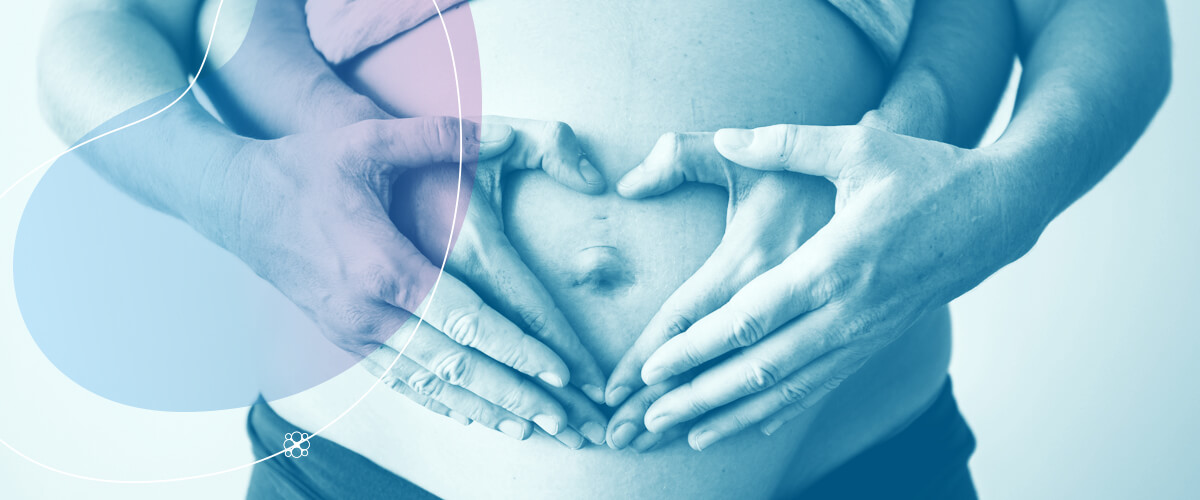Fertilization is the process by which an oocyte and a sperm meet, originating a zygote or embryo.
This union occurs in the female genital organs, more specifically in the fallopian tube of the woman.
It presupposes that there is an adequate production of gametes (oocytes and spermatozoa), that the fallopian tubes are in good condition and that intercourse occurs at the appropriate time.
The woman has, at birth, about 400 000 primordial follicles in each ovary.
At puberty, the maturation of these follicles begins, as well as the cyclical production of oocytes (every 28 days), which is maintained throughout the reproductive life.
In each ovulatory cycle the release of the mature ovum occurs approximately at mid-cycle and is induced by an increase in the LH hormone.
The woman is then in her fertile period.
During intercourse, millions of spermatozoa released inside the vagina have to pass through the cervix and ascend through the uterine cavity to the fallopian tubes where they find the ovule.
Many are lost during the journey, reaching the ovule only a few dozen.
When a spermatozoid is able to penetrate the ovule, a blockage immediately occurs, which prevents the entry of other spermatozoa.
From that moment, the fertilized oocyte will undergo a series of alterations, which aim at the creation and development of an embryo.
As the first cell divisions occur, the embryo goes down the tube to the uterine cavity where it arrives around the 4th day after fertilization.
If nidation and pregnancy occurs, hormonal changes take place that prevent the appearence of menstruation.
In case of a natural cycle, the probability of:
- Reaching a pregnancy is about 25%
- Occurring a spontaneous abortion is 15%
- Occurring a multiple pregnancy is 1-2%


 Português
Português



